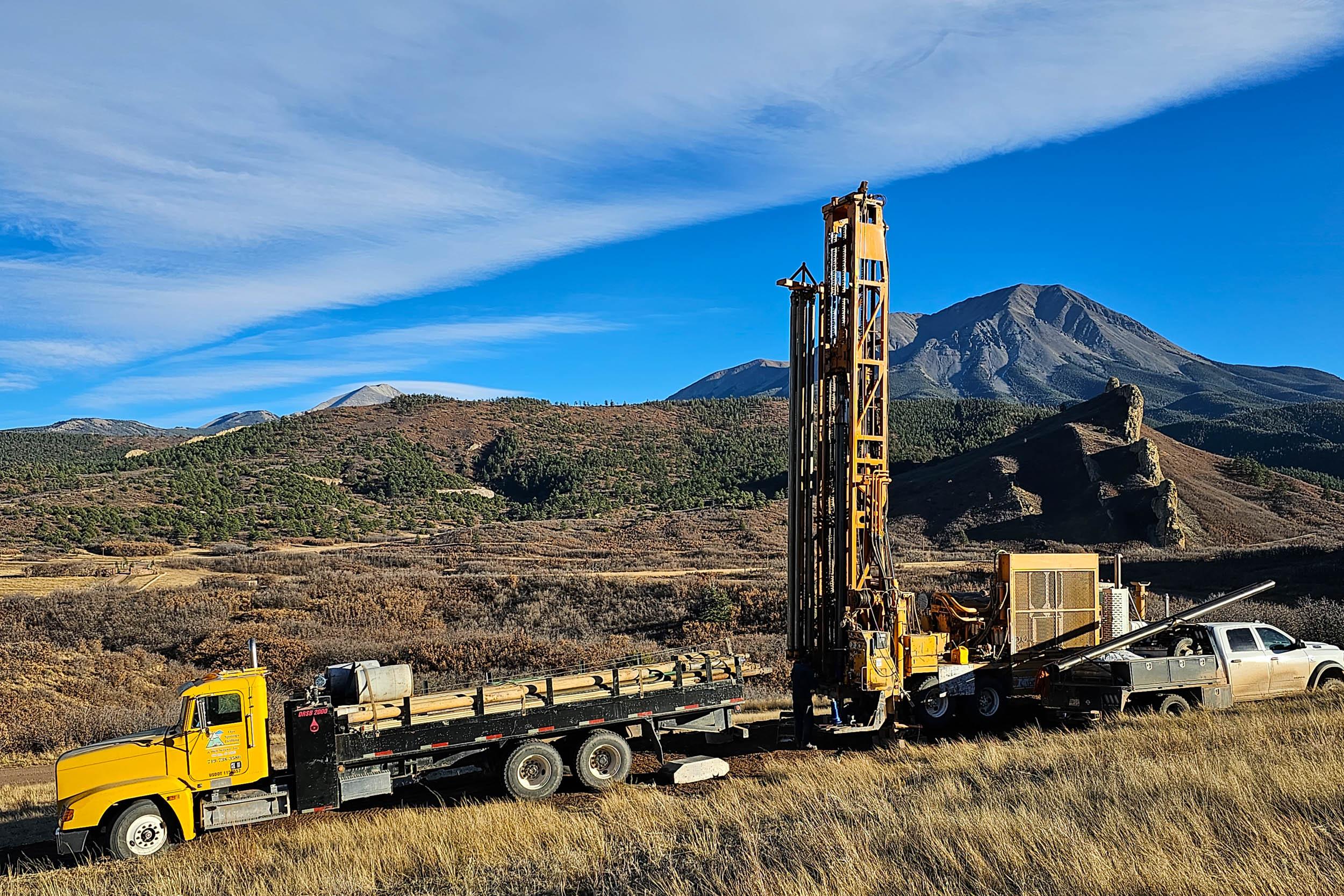
An early blast of winter killed countless home gardens and closed some mountain roads, but it’s also been what one fire official called “a blessing” for crews battling two large wildfires on the Western Slope.
With the help of a wall of rain and snow that began in the wee morning hours Tuesday, the Pine Gulch fire near Grand Junction is now 95 percent contained. At 139,007 acres, it’s the largest wildfire in state history.
A few hours east, the Grizzly Creek fire just outside Glenwood Springs is at 91 percent containment, after burning 32,464 acres in about a month. It started August 10 and became the highest priority wildfire in the country, forcing the closure of Interstate 70 for two weeks.
The 270 firefighters still working the Grizzly Creek fire are mostly staying away from the fire lines until the saturated, unstable ground dries out a bit.
Warmer, drier conditions are expected to return across western Colorado by this weekend.
This short burst of wet weather has been a “big relief” for fire crews, said CorDell Taylor, a planning operations trainee with the Southern Area Red Team on the Pine Gulch fire. He explained that places in the highest elevations affected by the blaze got up to 8 inches of snow, with about ¾ of an inch of rain in lower areas.
“Being able to downsize and get this one kind of wrapped up, morale is high,” Taylor said of the firefighters searching out hot spots and doing repair work at Pine Gulch, where 269 people were still on hand on Wednesday evening.
In the next few days, those crews will return control of the blaze to local agencies, headed by the Bureau of Land Management. They will have to make a plan for erosion control and restoration work in the vast, rugged country.
All of this is possible sooner than expected, Taylor said, because the weather has helped firefighters “get to the finish line.”
He cautions, however, that this much-needed precipitation isn’t a cure-all, and that this rugged high desert is still facing the effects of drought, just like all of Colorado.
That means that even now, with the ground still wet from the area’s first significant storm in months, more wildfires could be on the horizon.
“This helped out significantly, but you know, in two weeks we could be back to very hot and dry conditions,” Taylor said.









